Sweden
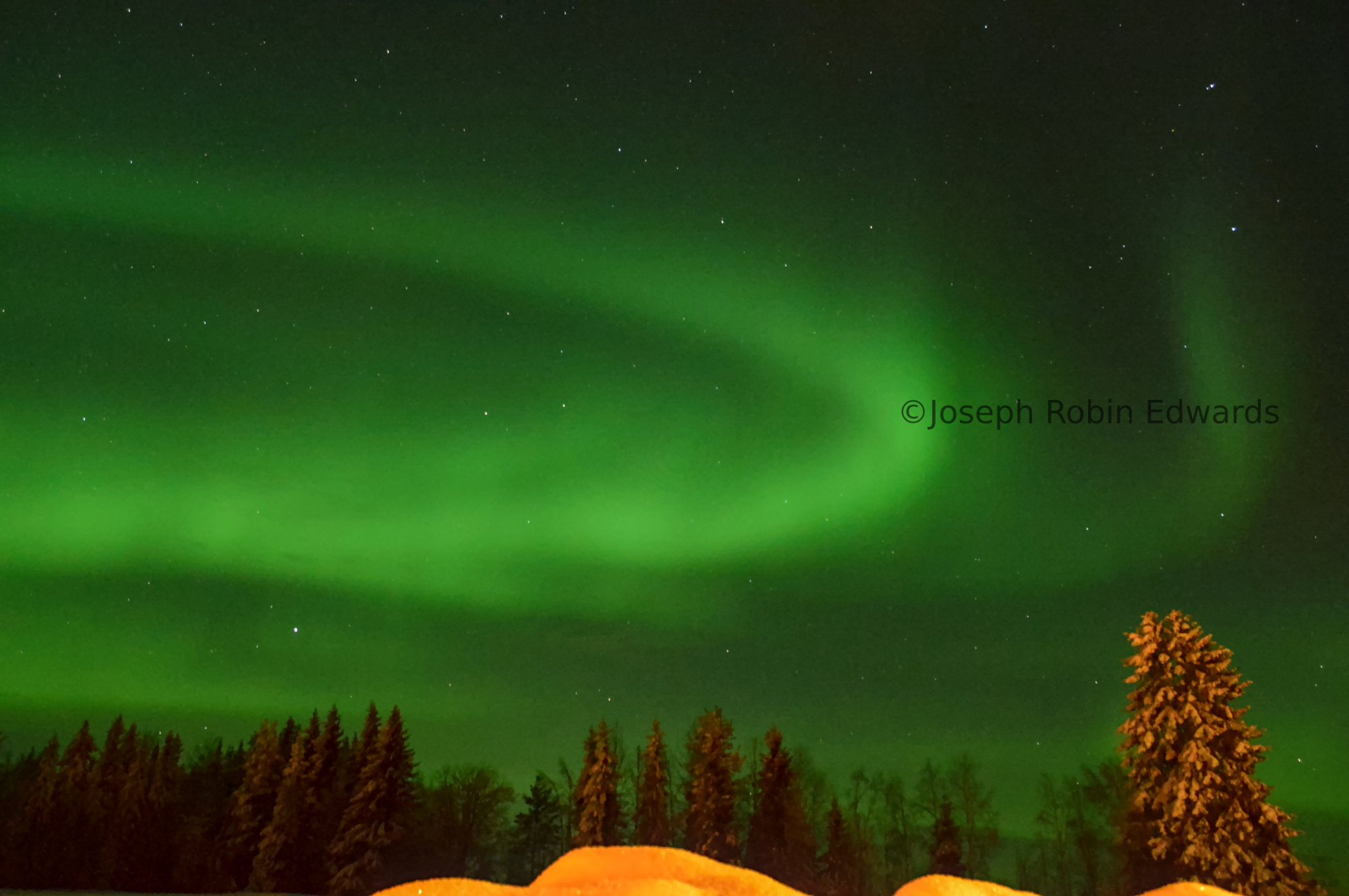
Living in the north of Sweden, just 200 km south of the Arctic Circle, you experience a land of extremes. Summers can reach up to +40°C, while winters plunge to -50°C. The daylight varies dramatically too, from just 2 hours in winter to 23 hours in summer.
The long winters, stretching from October to May, make this one of the harshest places to live. Yet, despite the challenges, I've never encountered anywhere where the seasons change so swiftly, each bringing its own unique beauty.
According to the Sámi, the Indigenous people of northern Sweden and other parts of the Arctic, there are eight distinct seasons rather than the traditional four. These seasons are based on the natural cycles of the land, weather, and the migratory patterns of reindeer, which are central to Sámi culture.
Here are the eight Sámi seasons:
Spring-Winter (Gijrra-dálvi)
Late winter, when the snow begins to melt but winter conditions still dominate.Spring (Gijrra)
A period of rapid thawing and renewal, with plants and animals becoming active.Spring-Summer (Gijrra-geassi)
The transitional phase between spring and summer when daylight grows longer, and temperatures rise.Summer (Geassi)
The warmest period with 24-hour daylight in the far north (Midnight Sun).Summer-Autumn (Geassi-čakča)
Late summer, marked by cooler nights and preparations for the coming harvest.Autumn (Čakča)
A time of vibrant colours, reindeer migration, and gathering food for winter.Autumn-Winter (Čakča-dálvi)
Early winter, when snow begins to fall and darkness increases.Winter (Dálvi)
The coldest and darkest season, with deep snow and long nights.
This place feels like a reflection of life itself. During dark times, we retreat, seeking strength in stillness—much like we do during the long, dark winters. Then spring arrives, a time to emerge, grow, and sow seeds of hope, leading into summer's abundance.
Autumn follows as a season of harvest and gratitude, celebrating the journey so far. Then comes the time to slow down, reflect, and prepare for the next chapter, just as nature does.


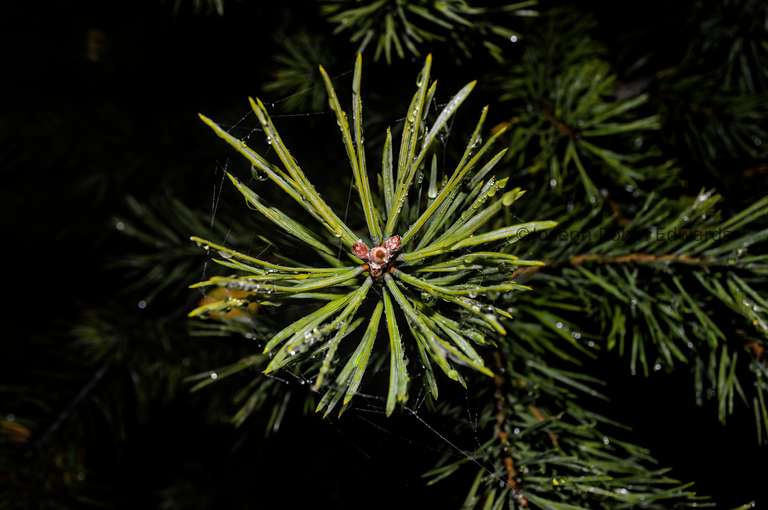
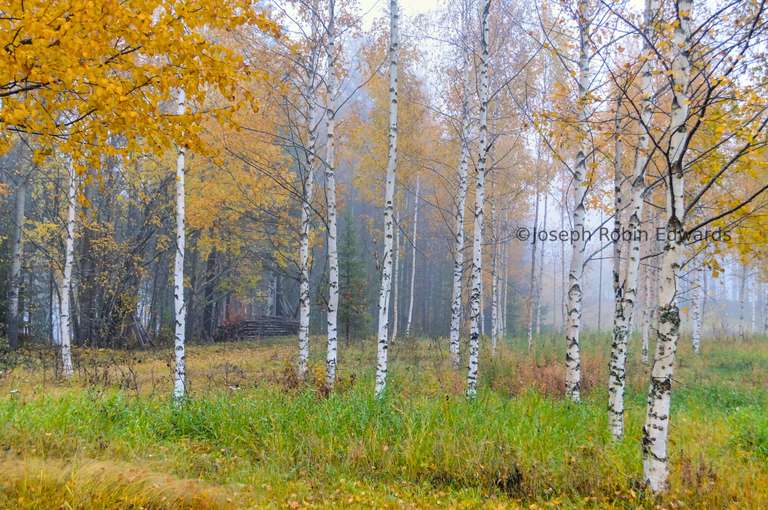
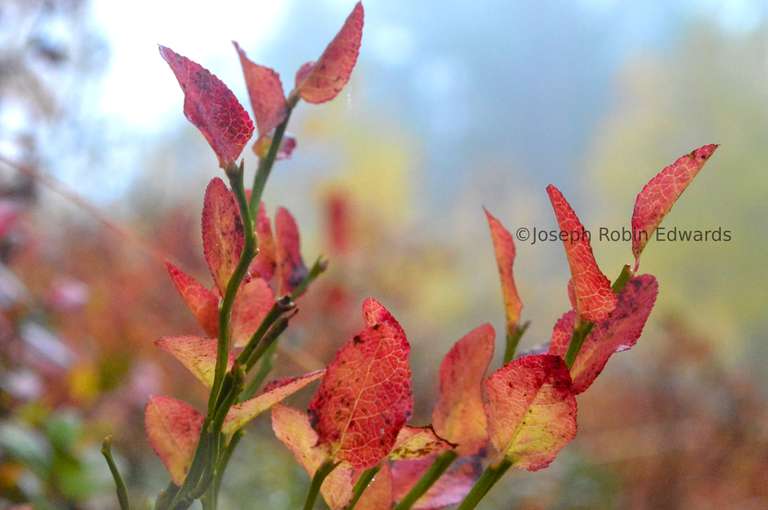
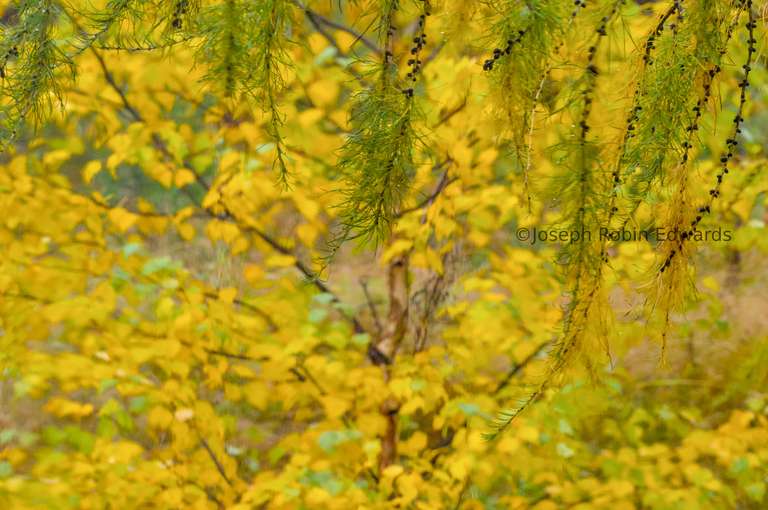
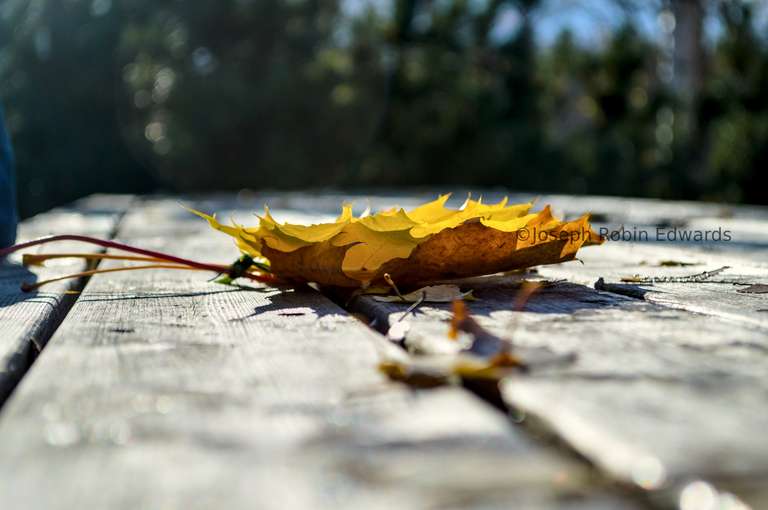
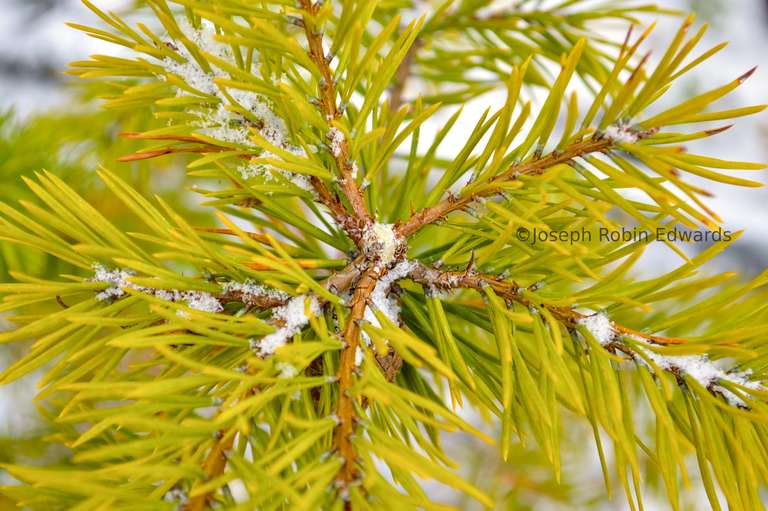
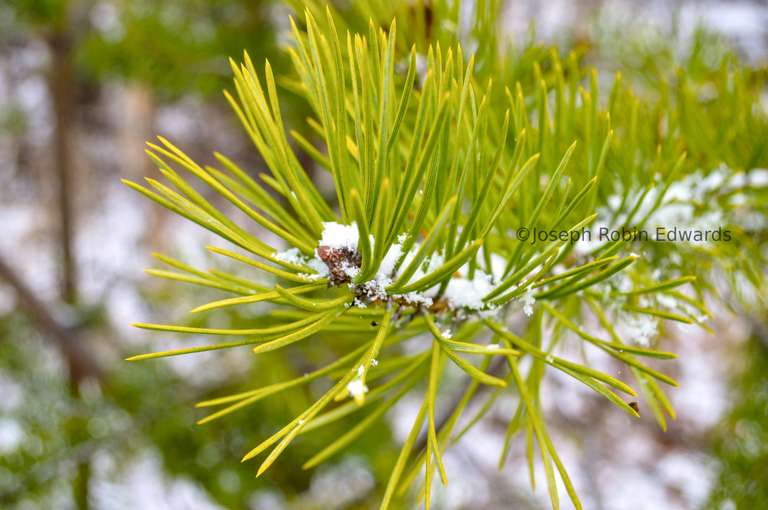
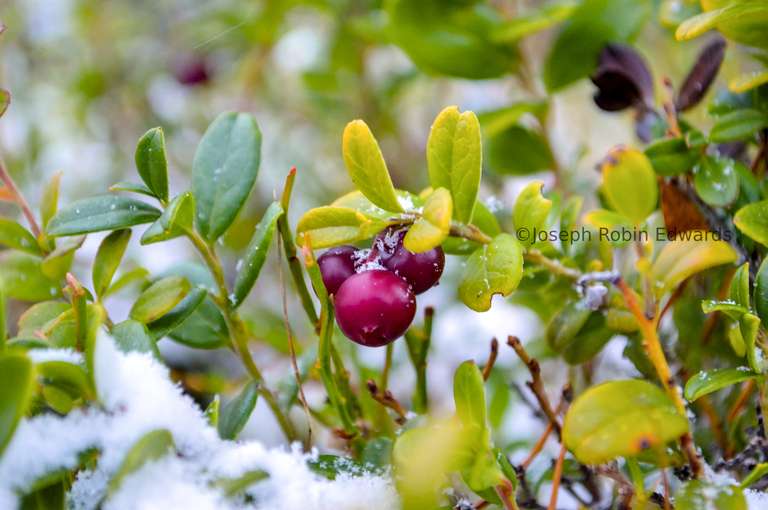
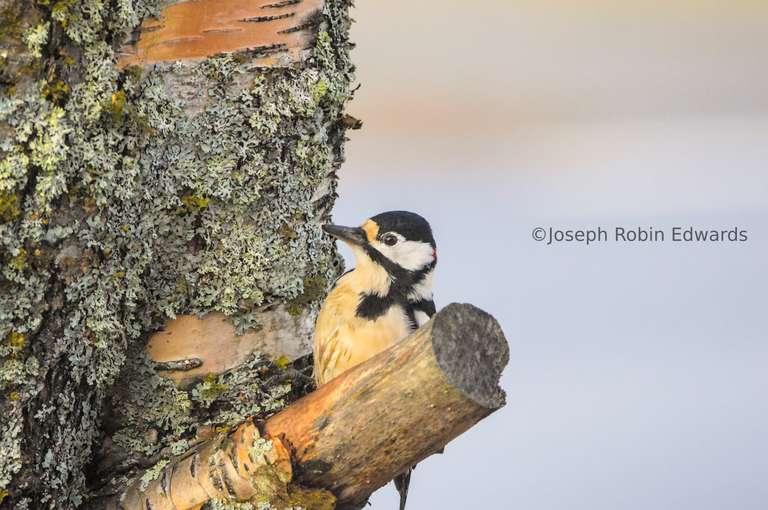
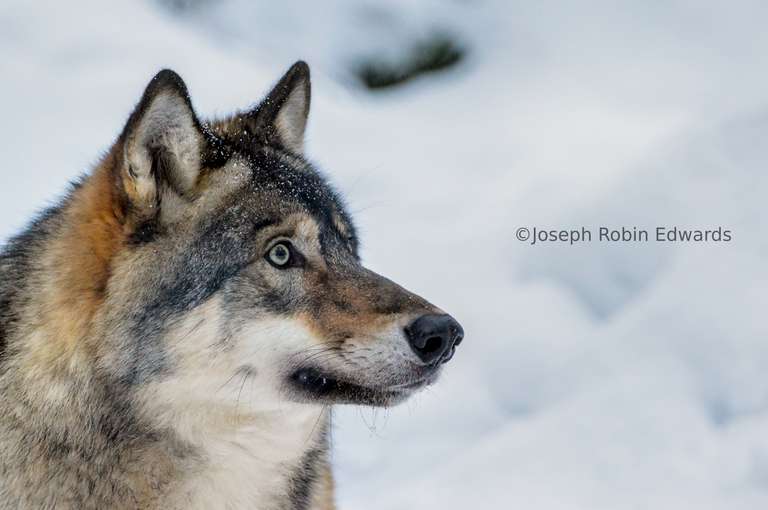
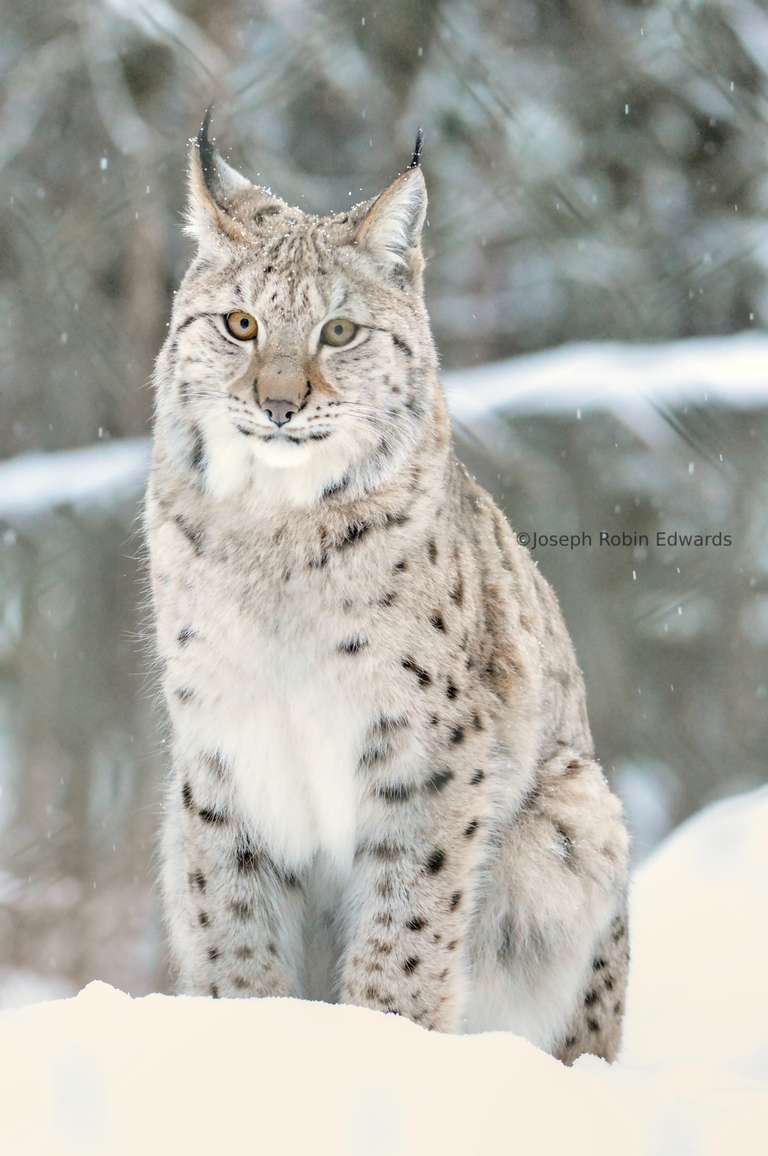
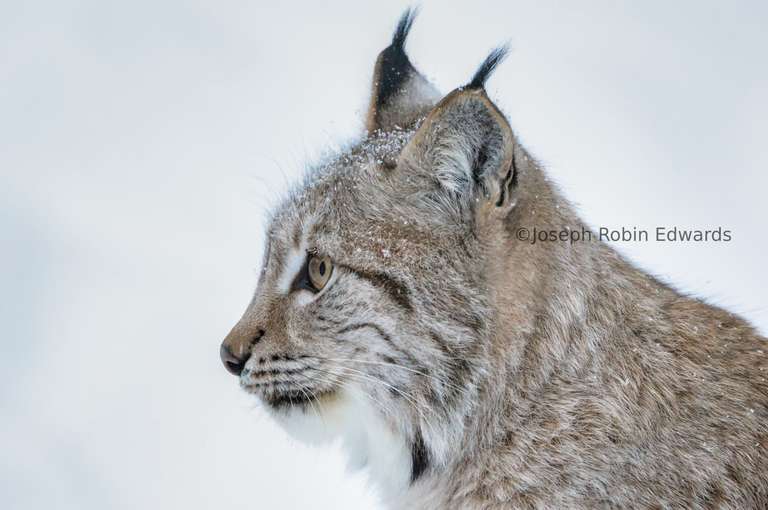
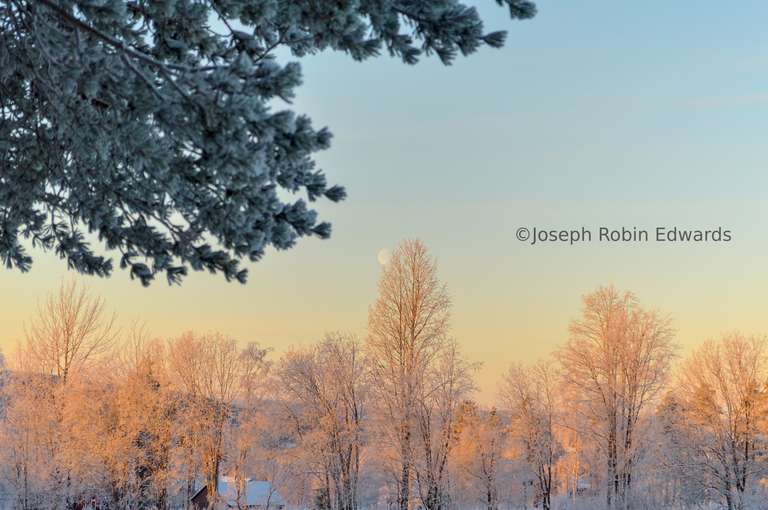
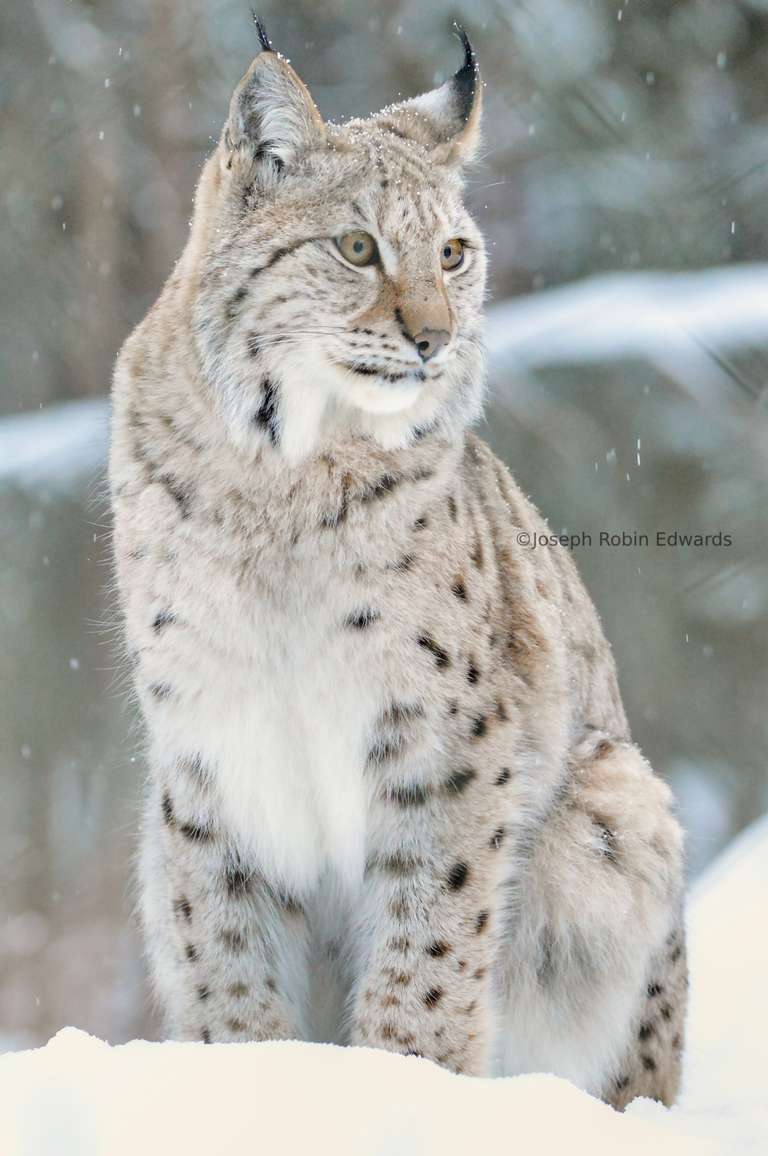
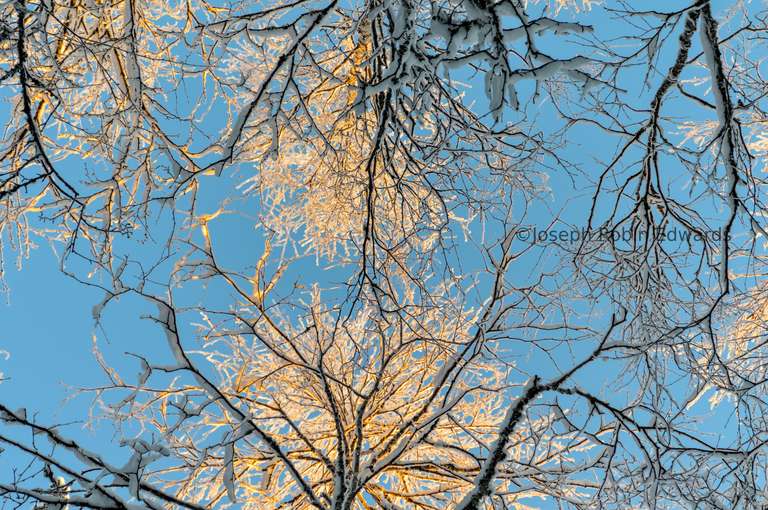
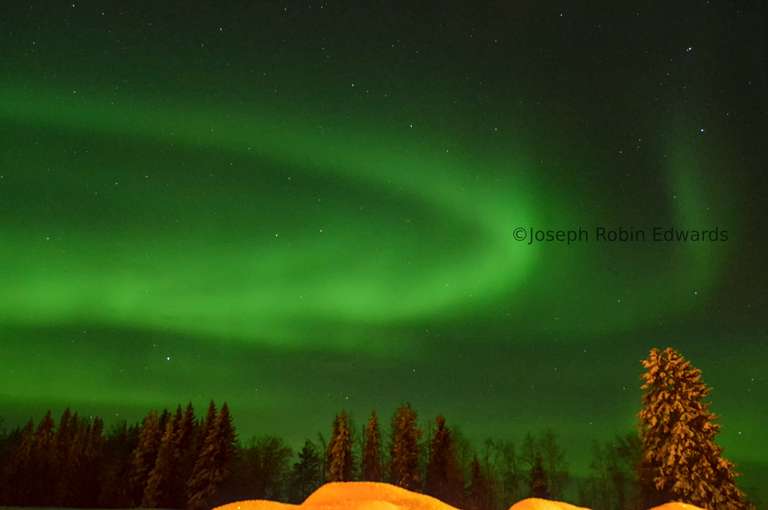
Comments